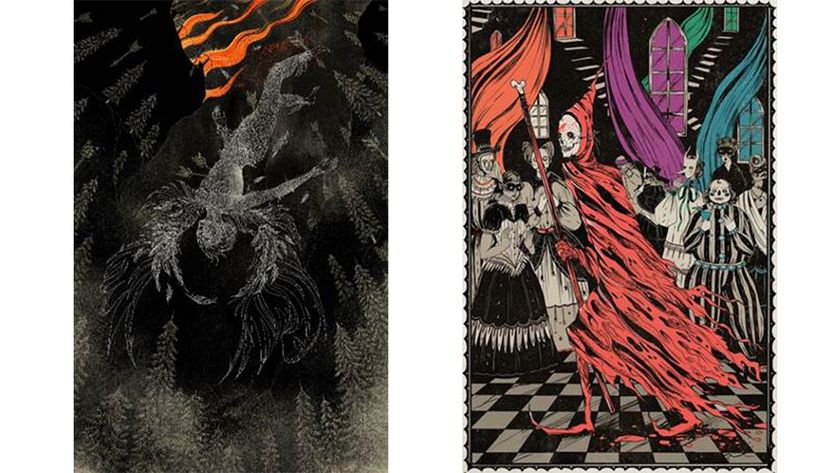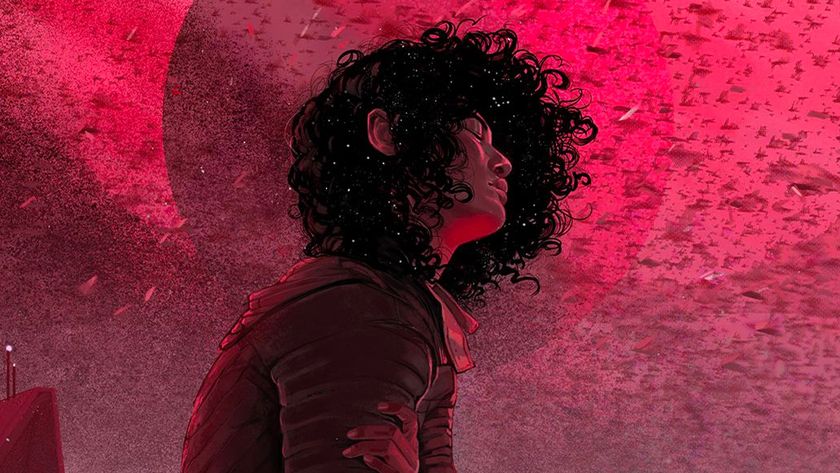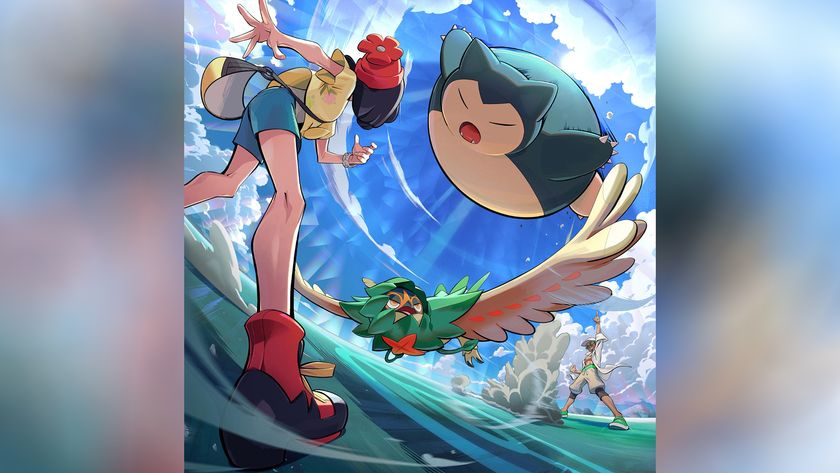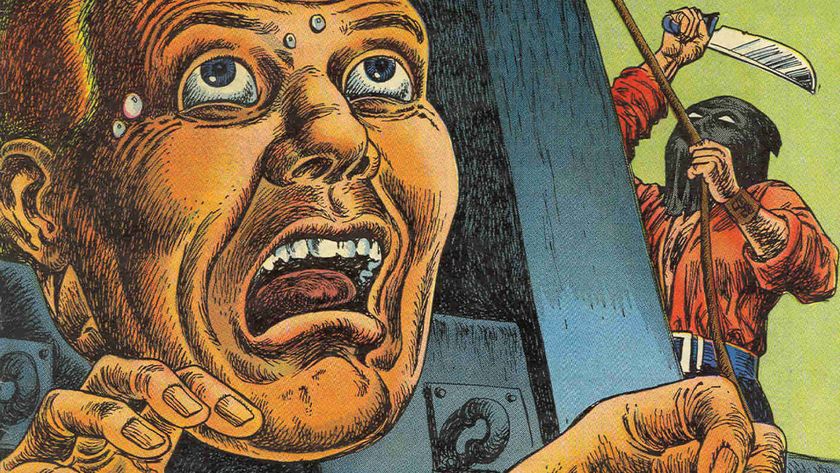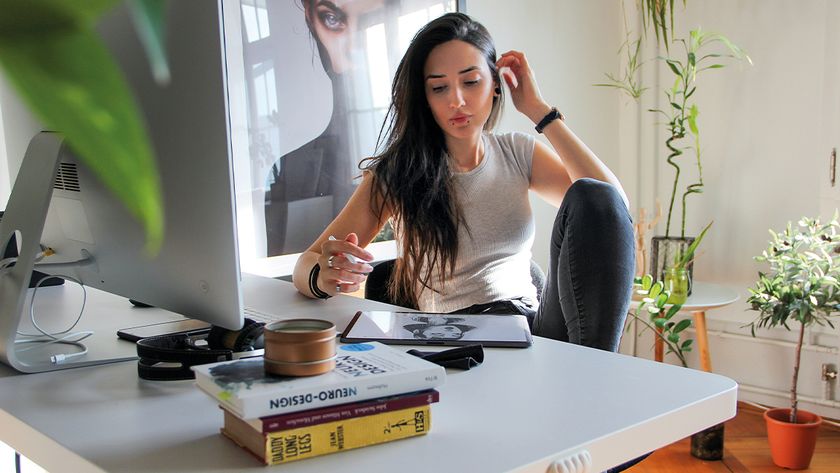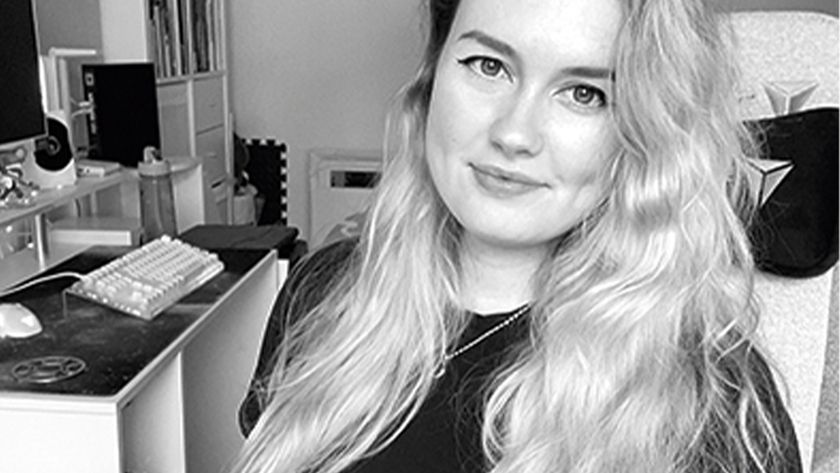9 techniques for tackling an illustration brief
Leading artists at a London agency share their expert advice for making your creative process more efficient.
There are a lot of hurdles to avoid when it comes to tackling a new illustration commission. From handling nightmare clients and distractions from working from home, to knowing the latest illustration trends and the best pencils to use, it isn't always plain sailing.
Find out how four leading London-based artists – Michael Driver, Fernando Volken Togni, Jamie Jones and Josh McKenna – tackle the creative process and the practical side of freelancing in the short film below.
The four illustrators, represented by agency MP Arts, also offer their hard-won advice for how to tackle an illustration brief. Read on for their tips on how to improve your creative process and make it as a professional illustrator.
01. Stay flexible throughout

"I gather up the information I need and read the brief three or four times," says Fernando Volken Togni. "I'll sketch a basic scheme of what to do, but sometimes the work changes completely in the middle. I experiment, I flip shapes, I change colours and there's not much of a line I follow. As long as you pass the right message."
02. Seek out visual clues
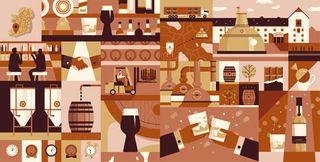
For editorial work, Jamie Jones always tries to pull out areas of visual interest in the text for inspiration. "From there, I try to give myself as much time as I can so it can be swimming around in my head and my brain absorbs the concept within that," he explains.
"I draw as much as I can and hope something comes out. That stage can either go really well or be quite frustrating. Sometimes the best time for getting ideas is on a walk, or on a train."
03. Never stop sketching
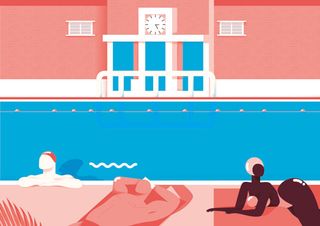
"I have a sketchbook with me at all times," reveals Josh McKenna. "I'll get the brief and sketch up tiny, rough ideas, then develop two or three into larger thumbnails.
At that point I'll usually show the client for feedback for the idea," he continues. "If it gets the go-ahead, I'll scan it in and trace the sketch using Illustrator, so I keep all the natural form that I drew by hand."
04. Save your nice pens for later

Michael Driver always opts for the worst drawing tool he can find when sketching initial ideas. "A rubbish pen is great. You never think: 'That mark is great!' because it's just a Biro drawing. You can just focus on the idea," he explains.
"Once I've got the roughs, I usually colour them blue and sometimes add colour underneath them before sending them to the art director. It's a good point to talk about how colour can be used in compositions."
05. Prioritise at the sketching stage
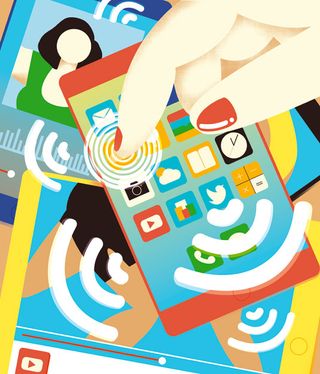
For Josh McKenna, prioritising is key – and the easiest point to control how much time to spend on a project is at the sketching stage. "If I have three jobs on, I'll have a day where I just do initial sketches to show the client," he says. "I develop them further in order of importance."
06. Stay on top of your deadlines
In this short film, the illustrators focus on the essential art of time management and share their advice for hitting deadlines."You need to have discipline. The key is to be organised, because it's all about your routine," advises Fernando Volken Togni.
07. Pin everything on the wall
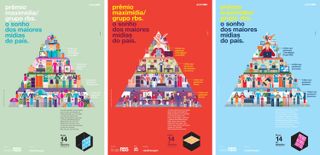
Rather than complex project management software, Fernando Volken Togni favours a simple corkboard: "I pin everything on it," he smiles.
"I need to visually know what's happening. I separate them by colour for different clients, and try to be very organised with that. It feels great to throw the Post-Its away when I finish."
08. Plan out your whole week
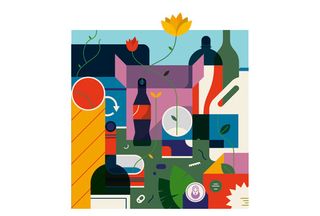
With multiple projects going on at once, it can all get overwhelming. Jamie Jones advocates planning out an overview of each week.
"Work out what you're doing each day – maybe even split it into half-days," he says. "It sounds obvious, but the number of people that actually do that is probably quite small."
09. Don't bite off more than you can chew
When you first start out, it can be tempting to say 'yes' to every job. Michael Driver learnt the hard way how tough that can be, with plenty of late nights.
"That's something you're never taught at university. You can't really be taught how to be hard on yourself. Now I take short lunch breaks and get up slightly earlier."
This article first appeared inside Computer Arts issue 249, a special issue looking at how to power up your skills as a freelancer and more. Subscribe to the magazine here.
Liked this? Read these...
- 48 illustrators to follow on Behance
- 100 amazing Adobe Illustrator tutorials
- How to draw and paint people, animals and landscapes

Thank you for reading 5 articles this month* Join now for unlimited access
Enjoy your first month for just £1 / $1 / €1
*Read 5 free articles per month without a subscription

Join now for unlimited access
Try first month for just £1 / $1 / €1
Get the Creative Bloq Newsletter
Daily design news, reviews, how-tos and more, as picked by the editors.
The Creative Bloq team is made up of a group of design fans, and has changed and evolved since Creative Bloq began back in 2012. The current website team consists of eight full-time members of staff: Editor Georgia Coggan, Deputy Editor Rosie Hilder, Ecommerce Editor Beren Neale, Senior News Editor Daniel Piper, Editor, Digital Art and 3D Ian Dean, Tech Reviews Editor Erlingur Einarsson and Ecommerce Writer Beth Nicholls and Staff Writer Natalie Fear, as well as a roster of freelancers from around the world. The 3D World and ImagineFX magazine teams also pitch in, ensuring that content from 3D World and ImagineFX is represented on Creative Bloq.
